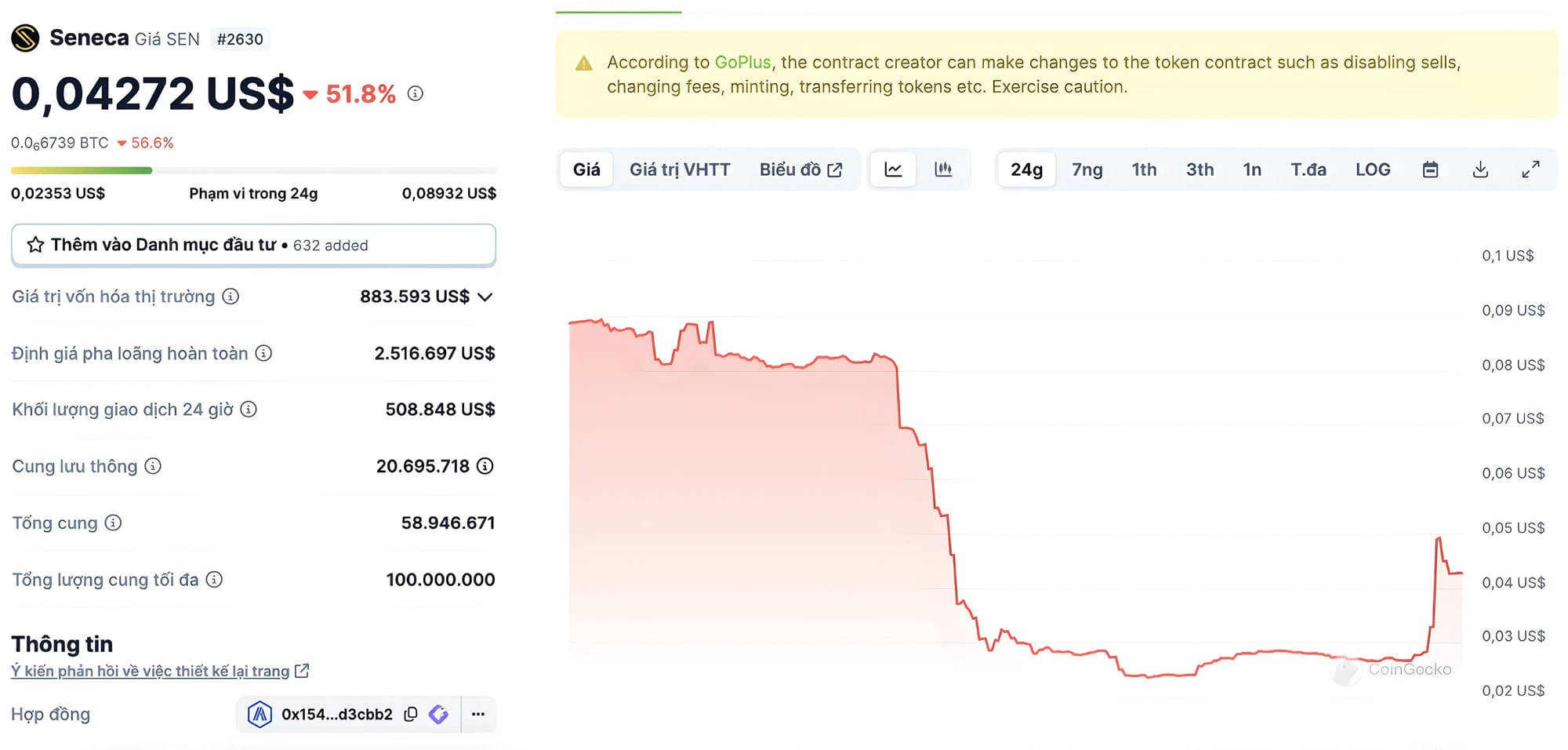Seneca Stablecoin Protocol Hacked for $6 Million Due to Smart Contract Vulnerability


On February 28, the stablecoin protocol Seneca confirmed an exploit that resulted in a loss of 1,900 ETH (approximately $6 million) across the Ethereum and Arbitrum networks.
We are actively working with security specialists to investigate the approval bug found today.
— Seneca (@SenecaUSD) February 28, 2024
In the meantime, REVOKE approvals for the following addresses:#Ethereum
PT-ezETH 0x529eBB6D157dFE5AE2AA7199a6f9E0e9830E6Dc1
apxETH 0xD837321Fc7fabA9af2f37EFFA08d4973A9BaCe34…
Details of the Exploit
According to a report from the security firm Blocksec, the exploit was caused by an "arbitrary call" vulnerability in Seneca's smart contract. This flaw allowed the attacker to execute unauthorized token transfers from the contract to external addresses.
.@SenecaUSD was exploited, with total losses of ~$6 million. The root cause was an arbitrary call issue,.
— BlockSec Phalcon (@Phalcon_xyz) February 29, 2024
Users should regularly check their approvals and stay vigilant!
Here is one of the exploit tx:https://t.co/vVUGIjqiaa https://t.co/UkEnGjJw5p
Due to the design of the smart contract, which did not allow for a project-wide pause, Seneca urged users to revoke previously granted permissions to prevent further losses.
Impact and Response
The value of Seneca's token, SEN, plummeted by more than 60% following the news of the hack, dropping from $0.1 to just $0.04.
Price chart of SEN following the hack, captured at 14:00 on February 29, 2024, on CoinGecko

About Seneca
Seneca is a DeFi CDP (Collateralized Debt Position) protocol on Arbitrum. Its main product is senUSD, a stablecoin pegged 1:1 to the US dollar. The Seneca protocol allows users to mint and lend senUSD based on price differences across platforms.
Conclusion
This incident highlights the critical importance of robust security measures in the development and deployment of DeFi protocols. The Seneca team and its community now face the challenging task of recovering from this exploit and reinforcing their smart contract security to prevent future breaches.





